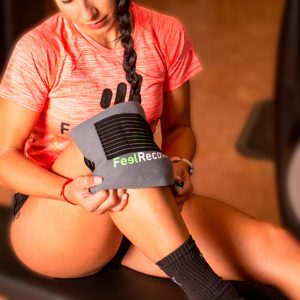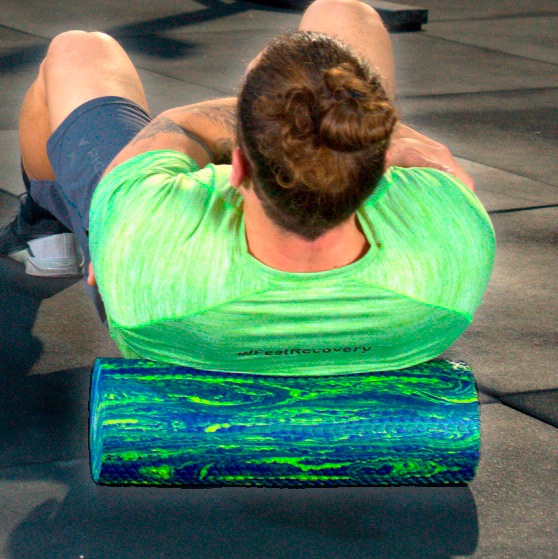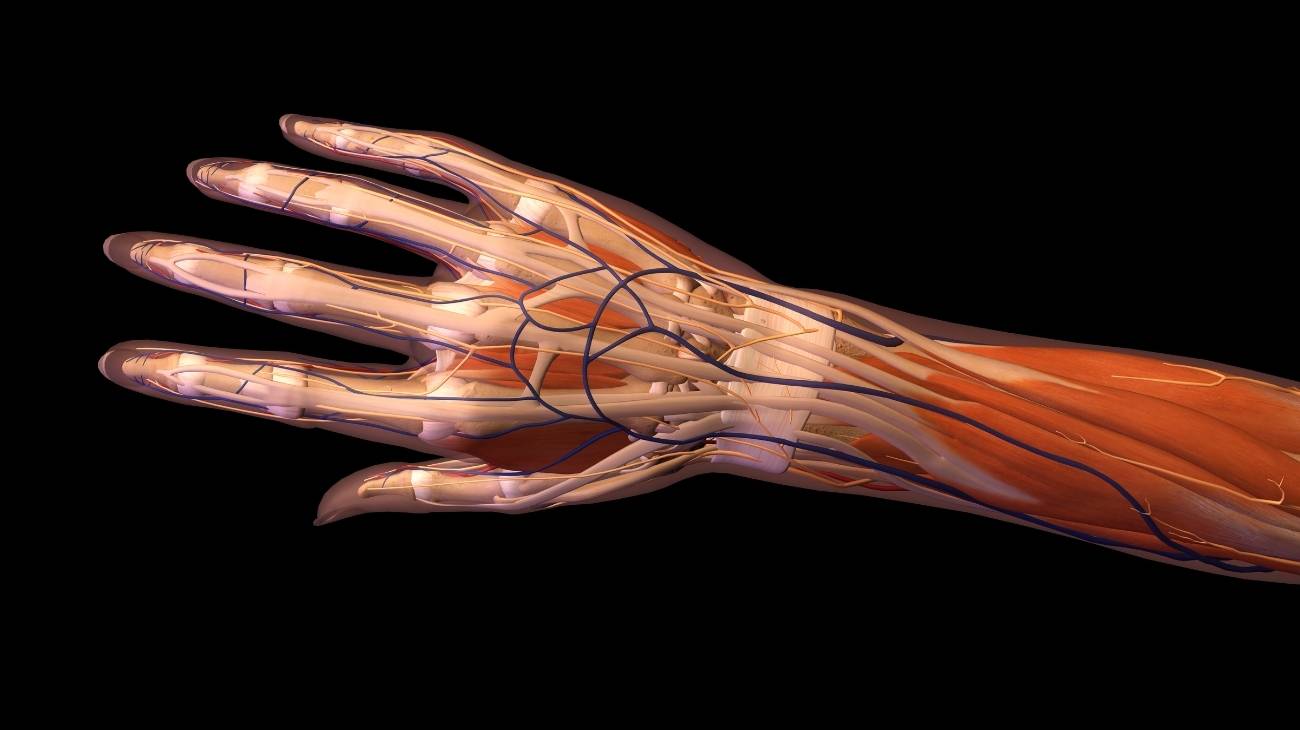Head, Face & Eyes Anatomy
The skull and face are responsible for protecting the brain, a fundamental organ for human development. Headaches are common in a large number of people, while the causes and symptoms that produce them can vary depending on which part of the body is not working properly For this reason, it is important to know the anatomy of the head, eyes and face.
Featured Categories




















